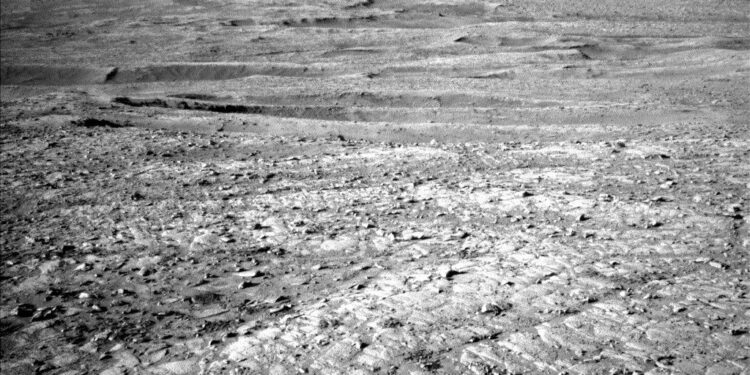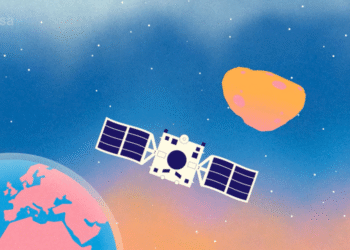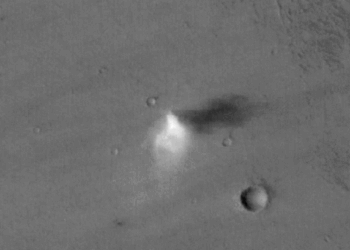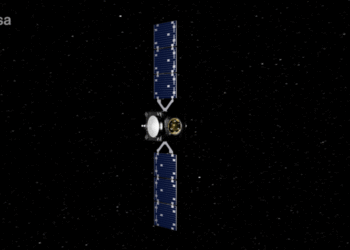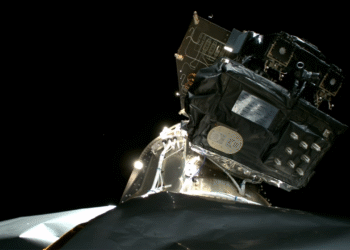The latest updates from NASA’s Curiosity Rover mission provide fascinating insights into the exploration of a region called Radiant Ridge on Mars. This area has captured the interest of scientists due to its unique geological features, which they believe could reveal significant information about the planet’s past environment. As the rover continues its journey, it is tasked with collecting data and images that will deepen our understanding of Mars.
The mission’s current focus is on examining the sedimentary rocks and analyzing the ridge’s composition. This investigation will contribute to the broader goals of the mission, which include assessing Mars’ habitability and studying its climate and geology. Scientists hope that understanding these rocks better will shed light on the historical presence of water on Mars, further informing us about the potential for ancient life forms.
Key Achievements
In recent sols, the Curiosity Rover has achieved several critical milestones in its exploration of Radiant Ridge:
- Captured high-resolution images of the rock formations.
- Conducted analyses on the mineral content of the soil and rocks.
- Recorded environmental conditions, such as temperature and radiation levels.
Challenges and Future Plans
Despite the significant progress, the mission faces several challenges, including navigating rough terrain and ensuring the rover’s operational longevity. The team is actively working on strategies to overcome these obstacles while planning future activities that include more detailed analysis and possible drilling operations to collect rock samples.
These endeavours are crucial for forming a comprehensive picture of Mars’ geological history and evaluating its suitability for supporting life.
For more detailed information about the Curiosity Rover’s current missions and scientific findings, you can visit the NASA Science blog.


